I’ve been a Muddy reader since the blog’s inception, so it’s a great honor to be a contributing artist. My favorite posts have always been about process, so I thought an appropriate introduction to my work should involve just that. Specifically, my first few posts will explore the series of styles and media I’ve employed over the years, as well as the reasons for shifting gears.
I began my professional career as an oil painter, and have slowly evolved into a traditional comic book style over the last 10 years. Mythos: X-Men, featured here, was the first book where I felt comfortable with my style—prior to that, every page was a true struggle. This book was still challenging, but I at least knew what my goal was and how to get there. The only drawback was the amount of time needed, and this 23-page comic (plus cover) took me roughly 10 months to complete. I was also painting other covers at the time, but my output was not adequate by any measure.
While my media have changed since this issue, my mental process is nearly identical. I begin each page with a small layout to work out compositions and ensure legibility (although now I sketch digitally). This rough is then scanned into Photoshop for a digital color study.
Once approved by my editor, it’s just a case of refining the draftsmanship and color scheme. It may seem like a superfluous step, but it removes any doubt when it comes time to paint. Doubt can be an inspiring opponent, of course, but not when I’m trying to meet a deadline.
Using a projector, I would transfer the page to custom-cut, primed masonite with burnt umber, a fast-drying oil pigment, often using odorless mineral spirits to draw by wiping back to the surface. I wouldn’t do a full-fledged grisaille underpainting, but important areas—faces, hands, etc.—were fully rendered. Borders were painted in acrylic and taped off. I ended up adding the borders digitally for print, but the extra effort allowed me to sell the original paintings.
The palette pictured above is a cookie sheet that locked into place with 2 rubber door stops on the underside of the easel. It was easily removed for more detailed work. At one point, I used a glass palette so I could mix colors on top of my digital color study. It was a nice trick, but I got tired of cleaning the surface.
After that, it was just a case of mixing the right color and putting it in the right place. I would often paint directly on my digital print to ensure the right color mix. While I was happy with the results, this took far too much time and ended up being my last issue in oil.
Scanning was a challenge in itself, and I ended up spending a month just removing dust and glare from the pages in Photoshop. That alone was enough to send me searching for another way to paint. In my next post, I’ll show how I made the switch to acrylic and gouache with Mythos: Hulk.
If you’d like to see more of my work, I’ve been keeping a personal blog, The Self-Absorbing Man since 2007. You’ll find the most information about my technique under the Theory and Step-by-Step labels. If you’d like to know how to make Cyclops’ optic blast “glow,” this post on lightsabers may be of interest. And finally, a good deal of my work can be viewed at my art dealer’s site, Splash Page Comic Art.


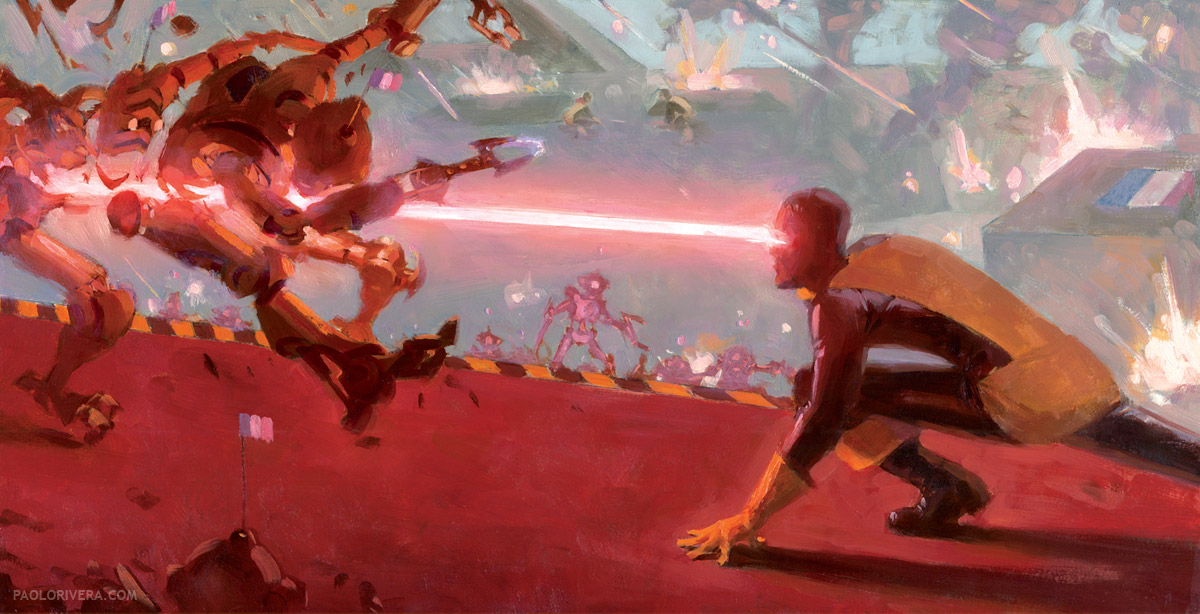
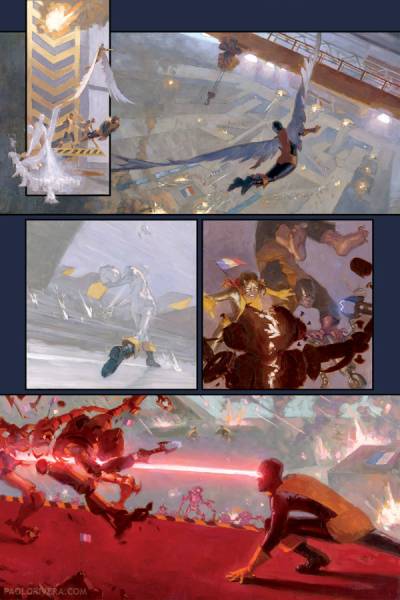
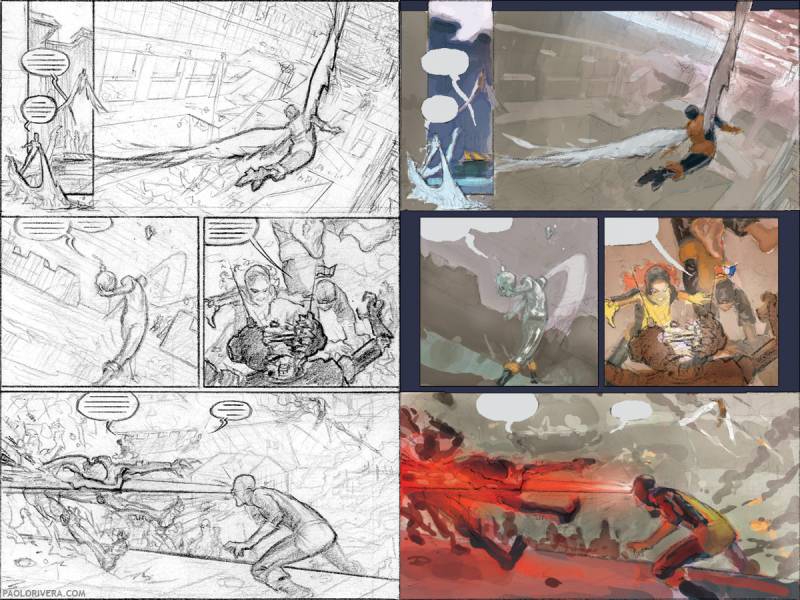
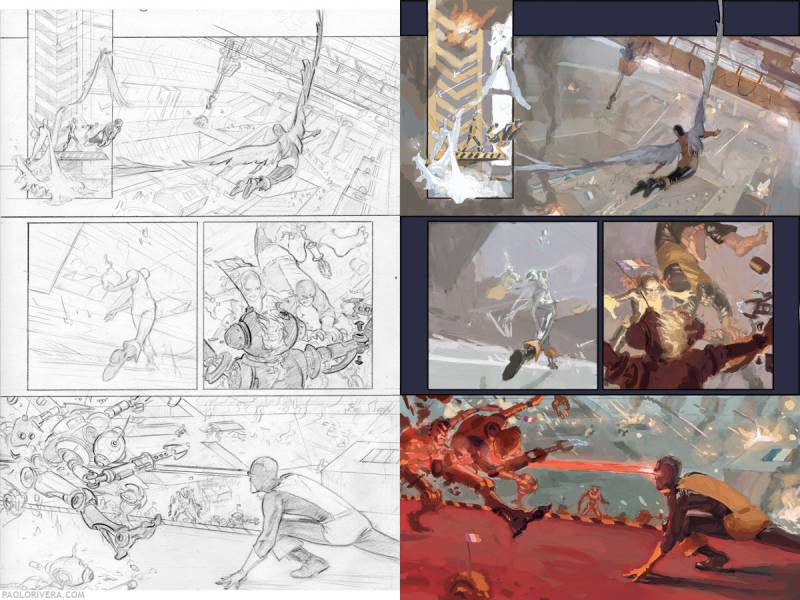


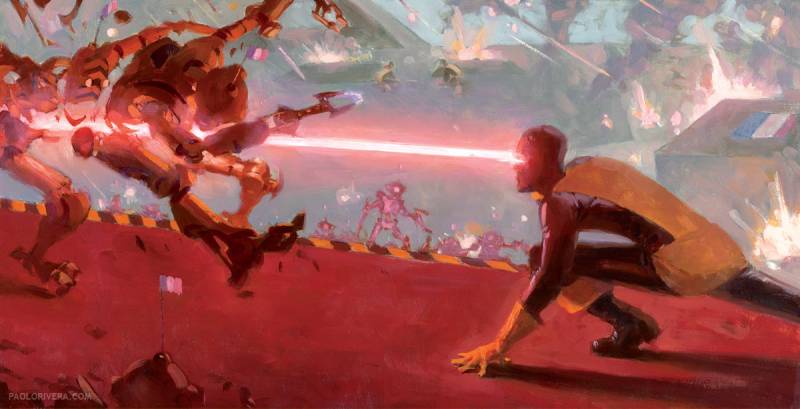
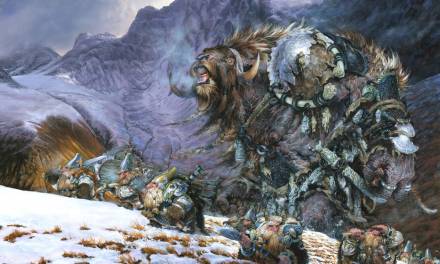
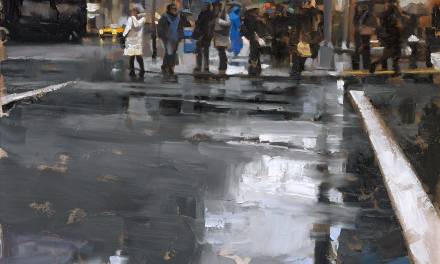
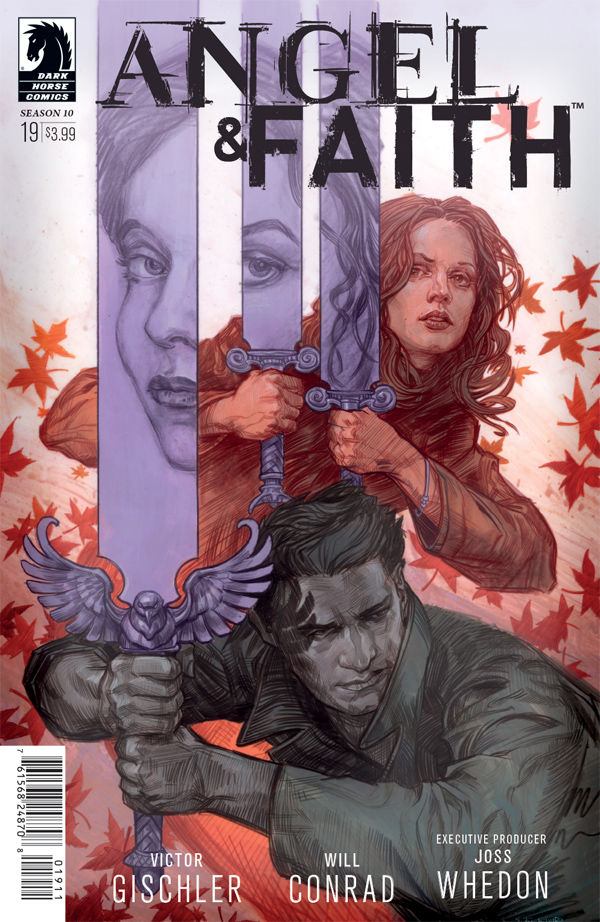
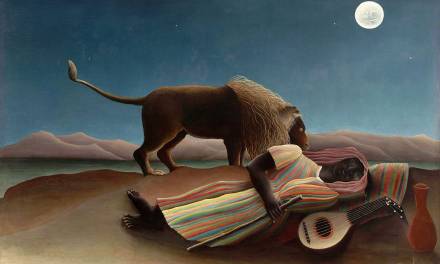

Pablo- thank you for posting so much of the thought process you go through in creating your incredible work! Its very helpful!
I hate you already.
I enjoyed reading about your process and will be looking forward to part 2.
Thank you so much for posting your process, particularly your reasons behind your methods!
Love the “tight looseness” in those enlarged panels. Cant stop looking at it.
Thank you and sure all of those who visit will make you feel welcome. You work is inspiring.
Welcome, and thank you for this great post! Really excited to see what you're doing with acrylics…
Love your wok Paola, thanks for the detailed process breakdown!
Thanks, everybody!
Hey Paolo, I loved all the Mythos books and the Spiderman you painted was insane!!!! Do you have plans to do any more painted comics in the future?? Love your covers on Daredevil and the interior art but those painted books are amazing.
I'm afraid my days of painting comics are over. Sorry! About the only thing I've considered is doing watercolor over my ink drawings, but even that is iffy. I love the look as well, but it's simply a matter of time. I'll still hope to do painted covers, though.
At first, I too, was a little disappointed when you switched over to line work. But after seeing what you've done with Spidey and Daredevil… I'm glad you did. Your pencils have a deceptive simplicity that isn't very common amongst comic guys these days. It reminds me of Kirby and Allred a bit. It definitely hits the spot for me.
Thanks so much! They're definitely 2 of my favorite artists. I can't wait to see Allred's issue of Daredevil.
Love your paintings Paolo.
Thanks, Scott!
Would love to hear more about scanning process, almost nobody ever talks about this. And I think as an amateur that this is a very crucial part of delivering the final piece to a client. What’s the point of creating this amazing masterpiece if you cant deliver an image that captures the real look of the piece. For me at least this is a very interesting and crucial part that I have been struggling lately. Wonder how do clients ask for final pieces? Do they ask for the final piece? an image?